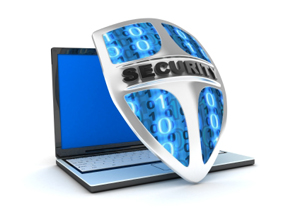As marketers of brands, you work incredibly hard to build a reputation, engage with consumers and create a loyal following. With this much focus on brand reputation, brands also need to protect what they have worked so hard to create. With the exponential growth of online interactions with brands – whether it be social media discussions or online commerce – increasingly the focus for brand protection is online. Just one security breach or reputation attack can destroy consumer trust in a brand and undo all the hard work and effort that went into building the brand in the first place.
The UK is widely recognised as a world leader in e-commerce. However with this status British brands have become a huge target for fraudsters. For six straight months the UK has been the world’s largest phishing target, accounting for 69% of global phishing attacks. Phishing has been a problem for years but brands should not become complacent in protecting their brand, and ultimately their customers, from this threat.
Phishing emails targeting consumers are now well-designed in their appearance and content, making them hard to detect. Many look almost identical to genuine mails; it is as if the fraudsters have used the brand style guide.
The traditional anti-phishing response is to locate and shut down the fraudulent site as quickly as possible, but this can sometimes take days – and by that stage thousands of consumers may already have been duped and the brand damage done. Industry best practice shut down time is around 21 hours.
An emerging weapon in the fight against phishing is email authentication. Many marketers many be familiar with the technology in terms of its ability to ensure message delivery for marketing mailers (avoiding the spam filters of large email providers). However it has brand protection benefits too.
Quality email authentication partners have agreements with major email providers – covering billions of inboxes – which means if a brand signs up to the service, every promotional email sent to customers who use that email provider (eg. Hotmail, Gmail, Yahoo Mail and so on) will make the inbox because the sender has been verified. It also means any email pretending to be your business is not delivered to the mailbox – reducing the number of people who receive the fraudulent message by millions, even billions.
Working in tandem with a brand protection service, the email can also be flagged as a phishing mail to enable the brand protection team to shut down the site immediately – shortening that vital window when consumers can be duped.
With the number phishing attacks rising – 78 per cent globally this year alone – phishing is a brand threat that is not going away. While anti-phishing efforts are not yet 100 percent effective in stopping attacks, the growing interest in using email authentication as a preventative measure is a big leap forward in helping protect the brand you have built.






